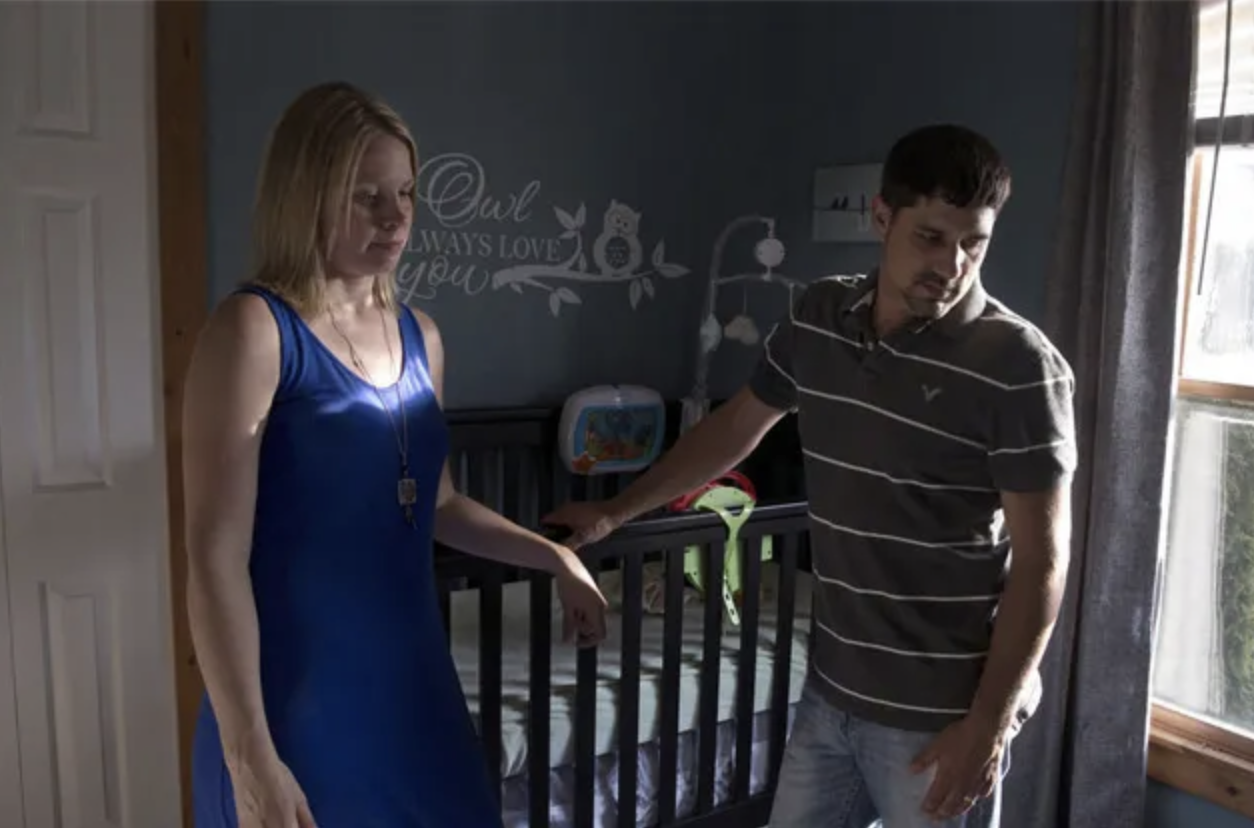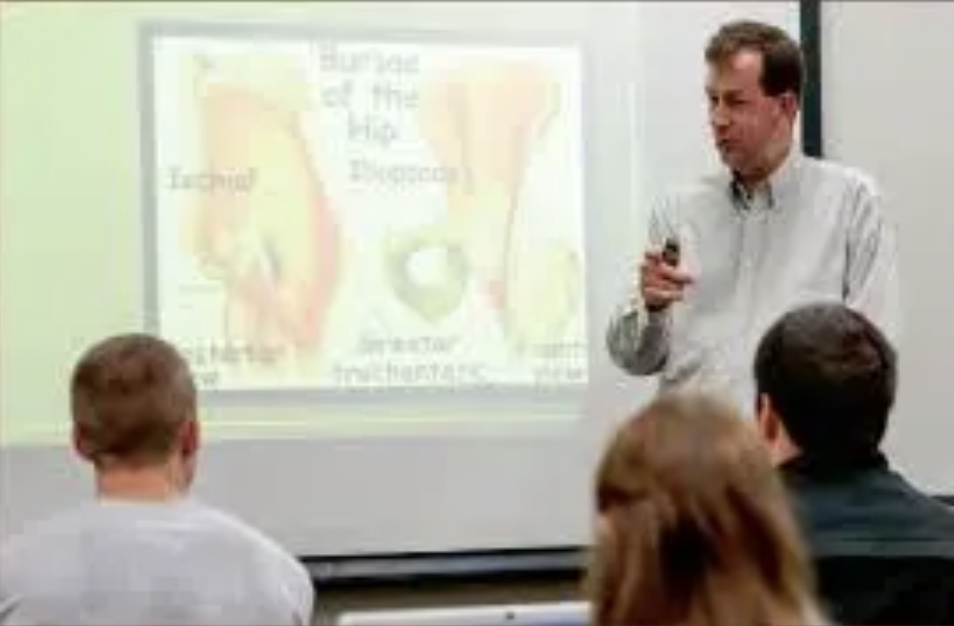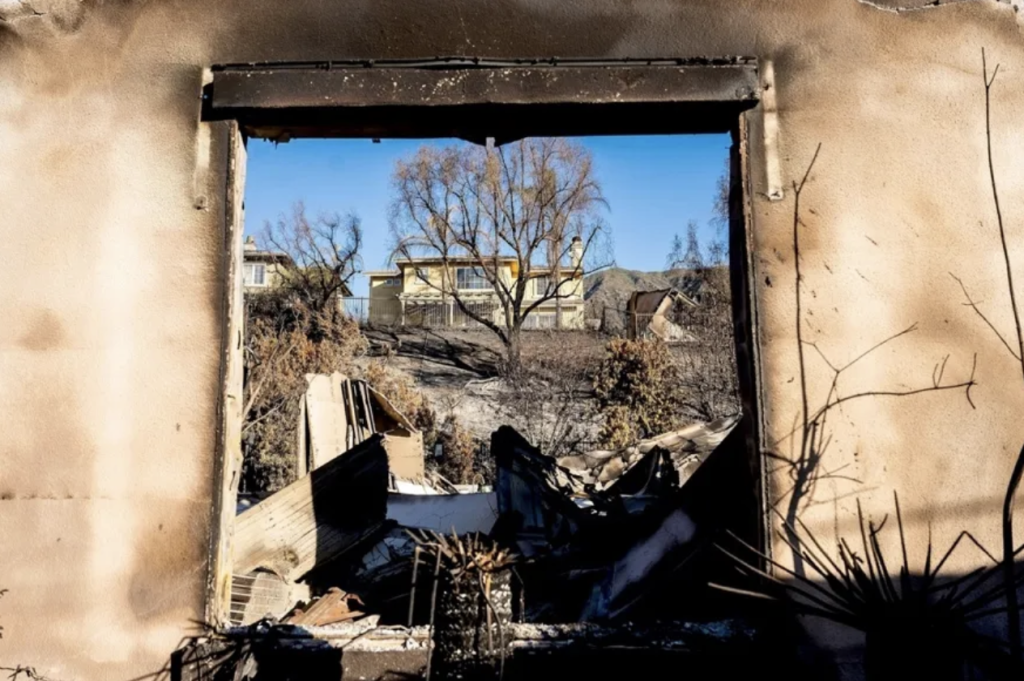Surviving Loss: How to Recover from the Unimaginable
Ma Yuejia


Surviving Loss: How to Recover from the Unimaginable
By Ma Yuejia
In this piece, Yuejia Ma experiences heartbreak and loss — but then transforms that pain into an exploration of psychological theories that can help to build human resilience.
Several months ago, I experienced the most profound loss of my life—Isabel, an older friend, and the woman I had loved from afar for nearly seven years, blocked all of my social media accounts. Six years ago, I gathered the courage to confess my feelings to her, telling her that I wanted to spend the rest of my life with her. But she was already married with children, and I never learned how she truly felt about me. Despite this, we maintained a close—though non-romantic—relationship. Yet for me, it was never just friendship. I was a woman who deeply loved another woman. Then, one day, without any explanation, she blocked me. I began to question myself—wondering if it was something that I did, if I wasn’t good enough, or if I hadn’t done enough to make her stay?

Screenshot of Isabel’s blocking of Cia on Wechat, the moment of realization you have been cut out of a loved one’s life permanently. Photo credit: Yuejia Ma (Cia)
Her sudden departure became my greatest heartbreak: I cried relentlessly for months, unable to regain any sense of normalcy. It was only after a few months that I found the courage to shift my perspective, attributing the reasons for her blocking me to external factors like timing and luck, rather than solely blaming myself. With this realization, I gradually eased my pain of loss, and eventually returned to my normal life. From this experience, I’ve gained to understand how deeply trauma can wound us, and just how significant emotional healing is.
Loss is a complex and multifaceted concept, and its meaning varies depending on the context in which it is experienced. For some people, “losing something” can simply be understood as the loss of items like water bottles, keys, or other material possessions. But for others, loss can represent more profound meanings of grief, such as the departure of loved ones, the suffering that comes with severe diseases, or the calamities of accidents and disasters.
I intend to explore the most challenging types of loss and their impact on psychological well-being, analyzed through three key psychological motivation theories. These motivation theories, when combined with other theories of well-being, such as Emotional Regulation Therapy (ERT), which seeks to assist individuals to recognize, comprehend, and regulate their emotions, Mindfulness-Based Stress Reduction (MBSR), a mindfulness based program that uses meditation to relieve suffering, and Cognitive Behavioral Therapy (CBT), which helps participants sort out the causes of their sorrow, those who’ve experienced loss could find the courage to confront their feelings of despair and pain, and ultimately move on from the trauma. By integrating these approaches, I believe there are three key strategies for managing and coping with grief: accepting loss and allowing oneself to have emotional reactions, practicing living in the present and looking forward, rather than dwelling on the past, and accurately identifying and attributing the root causes of loss.
Acknowledging one’s feelings and allowing oneself to experience emotional fluctuations could be essential in managing loss, as it provides individuals with the space they need to heal and encourages them to find the internal drive to keep on working and developing. This process could not only foster stronger resilience but also enable individuals to handle their feelings in a healthy way. When experiencing trauma, some individuals may perceive the process of grieving as time-consuming or even unwanted. However, healing is significant for recovery; without it, the pain of loss may continue to affect them.
To this end, Adrian Wells and Geraldine Thompson, both psychology professors at Manchester University, developed Emotion Regulation Therapy (ERT) in the 1990s. In real-world practice, ERT assists participants in finding internal motivation by helping them acknowledge and process their emotions through techniques such as mindfulness, cognitive reappraisal, and expressive writing. These strategies empower individuals to navigate loss, build emotional resilience, and embrace personal growth. Megan E. Renna (2017), a professor at Hunter College studying human emotions, explored the effects of ERT on adults with both depression and anxiety, and the open trial of this study revealed substantial improvement in depression symptoms. The study found significant improvements in depression symptoms, with moderate to large effects, even for those with coexisting anxiety disorders. Based on these results, the team concluded that there was strong evidence for the effectiveness of ERT for depression. These patient’s gradual recoveries from depression and anxiety highlighted that the initial pain one felt during loss was not a sign of weakness, but a necessary stage of the healing process.
By recognizing their emotions, individuals were able to get over their grief and work toward recovery. This process of identifying motivation through self-acceptance, facilitated by ERT, is in concordance with the concept of intrinsic motivation postulated by Self-Determination Theory (SDT), where one is more prone to engage in activities for the intrinsic reward. In terms of loss, individuals with internal motivation are substantially more likely to focus their energy on healing for their own well-being and personal development. This, in turn, helps individuals build up perseverance and enhances their ability to control their emotions.
The loss of a child may be one of the most devastating kinds of suffering – and the ability to recover from it and live with it one of the greatest examples of human resilience. Shelly Schupbach’s journey through loss exemplifies the power of this mindset (Adams, 2014). When Shupbach lost her five-month-old son, Nash Schupbach, to positional asphyxia, she was heartbroken and overwhelmed by grief. Rather than suppressing her emotions, she allowed herself to fully experience the despair and pain of her loss. She recalled, “I came home, got into bed, and decided I was going to stay in bed forever” (pp. 9). However, after processing her grief, Shupbach was able to let go of her son, as she described, “I sang his favorite song to him and told him that it was okay to go, and that it would make us happy if he went to heaven” (pp. 5). Following this, she chose to honor Nash by performing good deeds in his memory. In coping with her loss, Shupbach regained her optimism and pursued personal development by helping others, which was a powerful manifestation of her intrinsic motivation to recover and find a new sense of direction.

The Schupbach couple stands in front of the now-empty crib, having lost their child to suffocation. (MLive Michigan, 2014) Photo credit: Erin Kirkland/MLive.com
Shifting focus from the past to the present, and even to the future, is crucial for dealing with loss and moving forward. By embracing the present and visualizing a better future with specific goals and fulfilling events, individuals could find comfort in what remains, rather than what has been lost. Most people have difficulties with overcoming the grief of loss because they continue to think about the past, remaining stuck in what once was.
This tendency is one of the drawbacks of Vision Theory, which explores how imagining and picturing the images of past experiences or future actions could help people achieve success. It promotes mental time travel, defined in Zoltan Dornyei, Magdalena Kubanyiova’s (2014) book Motivating learners, motivating teachers: Building vision in the language classroom as, “the ability to be aware of our past or future in the present” (p.18). By navigating through visual scenes from the past, the books emphasizes that this helps individuals better visualize their future. However, if something important—such as a home lost in a war—has already been taken, continuously recollecting the past could prevent individuals from moving on with their life. In this case, excessive attachment to the past may hinder one’s effort to let go of the loss.

To combat the many negative effects of PTSD, as pictured here, Mindfulness-Based Stress Reduction was developed. Image: Google Images
To further mitigate this problem, Jon Kabat-Zinn developed Mindfulness-Based Stress Reduction (MBSR). MBSR could aid the participants in focusing their attention on their breathing or physical sensations and staying in the present moment, facing the reality and appreciating the beauty around them. Melissa A. Polusny and her team (2015), scholars on health and disease, later examined the effects of MBSR on individuals with PTSD. The results indicated that participants in the MBSR (Mindfulness-Based Stress Reduction) group experienced a meaningful improvement in their PTSD (Post-Traumatic Stress Disorder) symptoms. The average PTSD checklist score at the start of treatment was 63.6, which is considered to reflect a higher level of PTSD symptoms. After undergoing treatment, the average score decreased to 55.7, showing a reduction of 7.9 points, showing a significant improvement in symptoms. This improvement continued at the 2-month follow-up, where the average score further decreased to 54.4, suggesting that the benefits of the treatment were sustained over time.
The study concluded with evidence that MBSR had a role in mitigating PTSD symptoms. “Among veterans with PTSD, mindfulness-based stress reduction therapy resulted in a greater reduction in PTSD symptom severity compared to present-centered group therapy.” (p.464) By helping participants focusing on the present, and even imagining the future, MBSR gradually reduced their attachment to the past, allowing individuals to better cope with loss. This is where Vision Theory could be helpful, which not only includes reflecting on the past, but also helps direct individuals’ attention toward things they could control and achieve in the future. By envisioning a positive future, individuals could bolster their confidence in what lies ahead, shifting their focus away from past pain. Matt Gage’s experience mirrors this process of healing (Liberty Champion, 2014). Gage was diving into a swimming pool, when, for no apparent reason, he suddenly suffered a severe stroke; doctors told him he would likely never be able to walk again. However, his father encouraged him to have faith in himself and try to focus on the things that he could do, rather than on the things that he couldn’t do anymore. He told Gage that, “If you don’t start believing in yourself and believing something could happen, that you could get better, then you’re gonna be in a wheelchair.” (pp.9) Carrying his father’s words in his heart, Gage held steadfast to the belief that recovery was possible. He gradually transformed this vision into reality by practicing with his legs, eventually regaining function on his left side. Not only did he get back to playing basketball, but he was also able to run a 5K and took up skiing. His journey is a powerful example of how individuals could utilize optimistic visualization and mindfulness to cope with tremendous physical and emotional challenges. This is in line with the application of MBSR and Vision Theory, which helps individuals overcome their pain by shifting attention from past trauma to the present and the future.

Matt Gage is training future professionals in the Athletic Training Education Program after the recovery of stroke.
Dwelling on the past and constantly recalling memories could complicate the process of dealing with loss, which shows how mental travel could have a negative impact. However, by incorporating MBSR with Vision Theory to train the mind to be aware in the present moment while also visualizing the future, individuals could gradually heal from loss. In fact, since 1998, Martin Seligman has been developing his Positive Psychology Theory, which promotes the idea of envisioning a positive future and striving to achieve it to build up psychological strength, particularly when faced with trauma or loss, helping individuals move forward with resilience and hope.
Analyzing the underlying reasons for one’s grief and understanding them in a rational manner is significant for managing loss, which could help identify the root causes of individuals’ suffering and enable them to cope with these issues directly and effectively. An example could be drawn from Ivan and Robyn Migel’s experience dealing with the Los Angeles fires (Bill Hutchinson, 2025). After the Eaton Fire destroyed their home, Robyn Migel reflected on lost items but emphasized that her family’s safety was most important. “I’ve just had to let go of that sadness of what we didn’t do in those moments because my family and my pets got out safely and that was the most important,” he said (pp. 37). This reflected the importance of understanding the true nature of their grief, not simply focusing on material loss, but recognizing that their family’s well-being is paramount. The Migels’ rational approach to grief—prioritizing survival and meaningful symbols—mirrors CBT, which encourages reframing negative thoughts. They didn’t internalize their grief but recognized the external cause: the firestorm. This aligns with Attribution Theory, which suggests attributing their loss to uncontrollable events, rather than blaming themselves, could help them cope and move forward with strength.
So… all of these theories bring us back to… Isabel. The woman I loved. The woman who blocked me. A love that I lost. Forever. How did I recover?

A home destroyed by the Eaton Fire stands in front of a home that survived in Altadena. Calif., Jan. 13 Photo credit: Noah Berger/AP
Sitting on the bench outside my dormitory, gently patting the cat and feeling the soft breeze, I suddenly realized something profound: the time I spent each day “crying for Isabel” had dwindled from ten hours to just one—or sometimes none at all. Healing had long been taking root, and recovery was just within reach.
Reflecting on this journey, I found that I had courageously confronted the grief by allowing myself to cry out loud, and cultivated my inner strength to become a better self with the assistance of Emotional Regulation Techniques and Self-Determination Theory; focused on the present and visualized a brighter future where I could find happiness even without Isabel through the application of Mindfulness-Based Stress Reduction combined with Vision Theory; and rationally analyzed my pain, recognizing my reliance on Isabel and the weight of sunk costs through Cognitive Behavioral Therapy, while properly applying Attribution Theory to externalize uncontrollable factors, such as societal pressures.
The journey of coping with loss is undeniably arduous and far more than words can convey. Yet, through these strategies and personal effort, one could emerge stronger and more resilient from loss, discovering new sources of hope along the way.
Ma Yuejia

Yuejia Ma is a UG student from class of 2028. Her intended major is Global Cultural Studies in the track of Creative Writing and Translation. She is passionate about education, public speaking, as well as all types of novel, poetry, and prose writing.
By the Intersections Team:
Editor: John Noonan
Website Developer: Nemuulen Togtbaatar


credit: https://www.nngroup.com/articles/livestream-ecommerce-china/